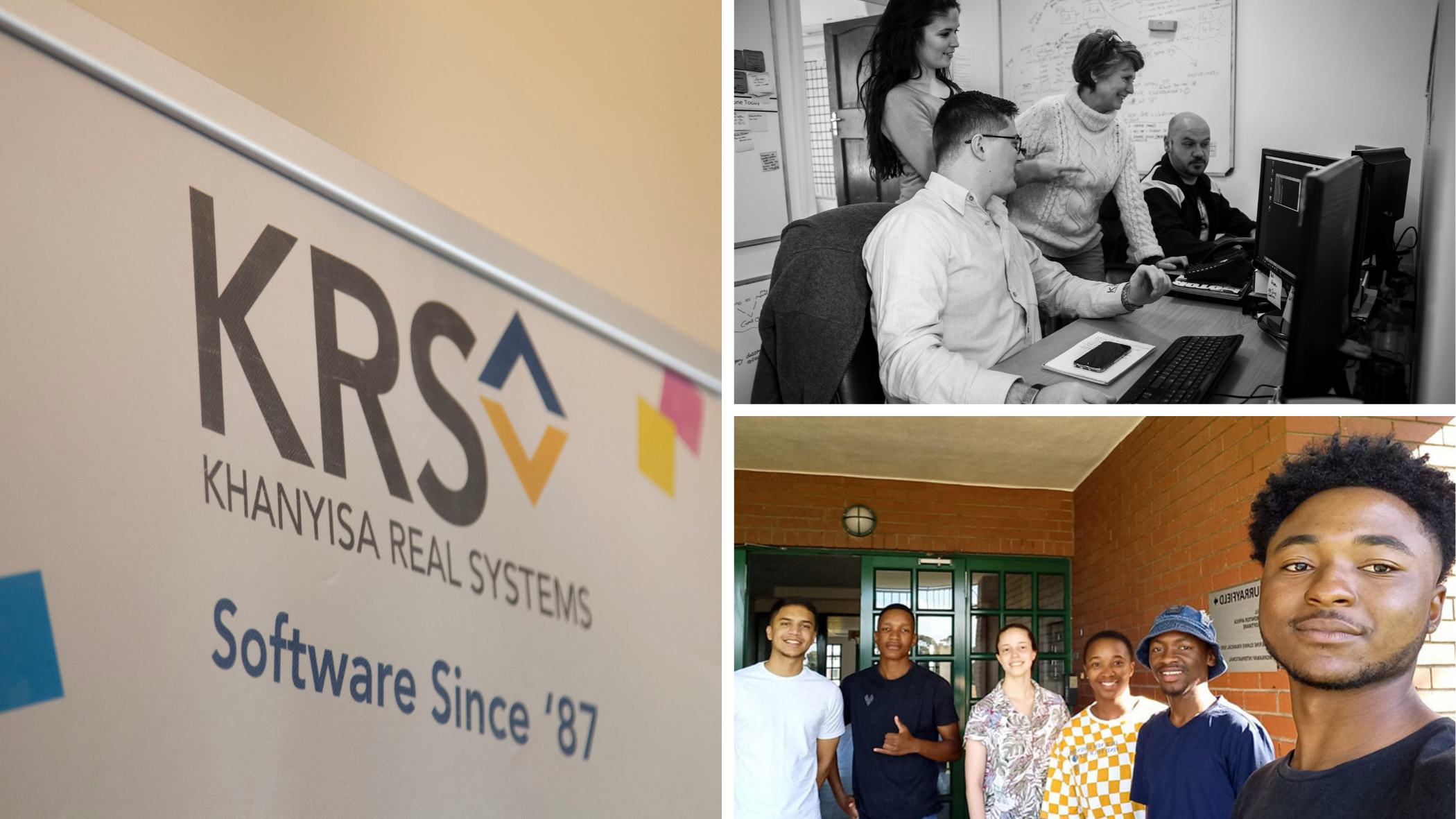As discussed in earlier blogs, attribution and conversion tracking in the Sitefinity Digital Experience Cloud (DEC) provides a historic view of any conversion, short or long term, along with data about which campaigns and assets contributed most.
When it comes to campaigns though, the DEC provides a campaign tracking feature which validates current performance and conversion rates against conversion rates the system predicts.
With customer journey optimization campaigns, you can ‘design’ the customer experience and engage customers towards a desired outcome– increased conversion rates. You do this through analysing customer behaviour, key interaction patterns, demographics, past records and the conversion lifecycle, then creating a campaign especially for them.
Think along the lines of when a contact comes to your site and is immediately served information that he/she wants to see, which will be different from the information that another ‘persona’ who comes to the site will see. Sitefinity can do all this…
The Sitefinity DEC also calculates the potential conversion increase for the next 30 days for each audience segment, which can provide a valuable measure to compare your actual conversion rate with.
The customer journey encompasses all touchpoints, interactions and activity on your web property and provides an integrated overview and understanding of customer activities. To optimise the journey, you need to identify opportunities at both collective and segmented levels to build on the relationship with customers, improve customer experience on your site and, ultimately, increase conversion rates.
By properly outlining campaigns, you select what audience to target and with what engagement activity, content, or digital asset and what conversion report results you want to augment. An activity or engagement is an interaction you want the target audience to complete.
Any small changes on the site, what customers view or how they interact on your site can have a profound impact on conversion rates. Your next campaign may be as simple as changing the name or colour of the download button for everybody that visits the site, displaying localised content to an audience from a specific region, or engaging a specific type of audience with relevant content based on their demographics or behaviour.
In other words, the function of campaigns is to increase conversion rates for your current visitors.
You define conversion reports that track the effects of a universal change on the site. This means only specifying the interactions you wish to measure the impact of without defining an audience –all contacts are tracked. Moreover, when defining the campaigns for this conversion report, you do not restrict the audience targeted by the campaign.
To track the effect of an interaction on a segmented audience you would create personalisation campaigns.
Personalisation campaigns
By this time you should have a fair concept of the performance of the site and have studied the various conversion and attribution reports. This is where you attempt to ensure your digital assets are appropriate, engaging and current for your target audiences.
You define campaigns to track whether an engagement works for a certain audience and use a more granular filter for the various audiences or personas to target. You are essentially creating a campaign using data you have accumulated in the Sitefinity DEC, including demographic and behavioural data to measure how personalisation affects conversion rates.
When you create personalisation segments under the marketing functions in Sitefinity CMS, you can develop the segments on any campaign that you created in the Sitefinity DEC. This allows you to deliver personalised assets to any contacts that are assigned to a specific campaign.
Personalised content – the outcome
Personalisation allows you to offer varied content and digital assets to specific visitors, groups or personas. However, the most crucial components are the measurement of the efficacy of the personalisation and accuracy of the audience definition.
You will want a good measure of whether the content, pages or widgets you have personalised are actually being accessed. Personalisation reports tell you which personas or segments are visiting your site and the total number of visitors. They also allow for measuring the impact of personalisation on conversions.
Reports allow you to discover trends of personalisation impressions on pages or personalised widgets, segments and how personalisation efforts influence conversions by segment, conversion goal or touchpoint hits.
You can also track pages and applications that are not managed by Sitefinity CMS but are still based on Sitefinity DEC personas and campaigns. For example, you may want to track a mobile application that uses persona profiles or a site’s landing page that need to display different information to specific personas.
The world of digital marketing is already huge and will only get bigger. That means more and more and more data. To sift through it all and get to the nub of what is needed to drive your business forward would require a battalion, but with intelligent software systems such as Sitefinity (the CMS and DEC), it’s at your fingertips.
To find out how to make sure your company’s website is future fit, contact us today.
KRS is an authorised SitefinityTM reseller and development partner.


